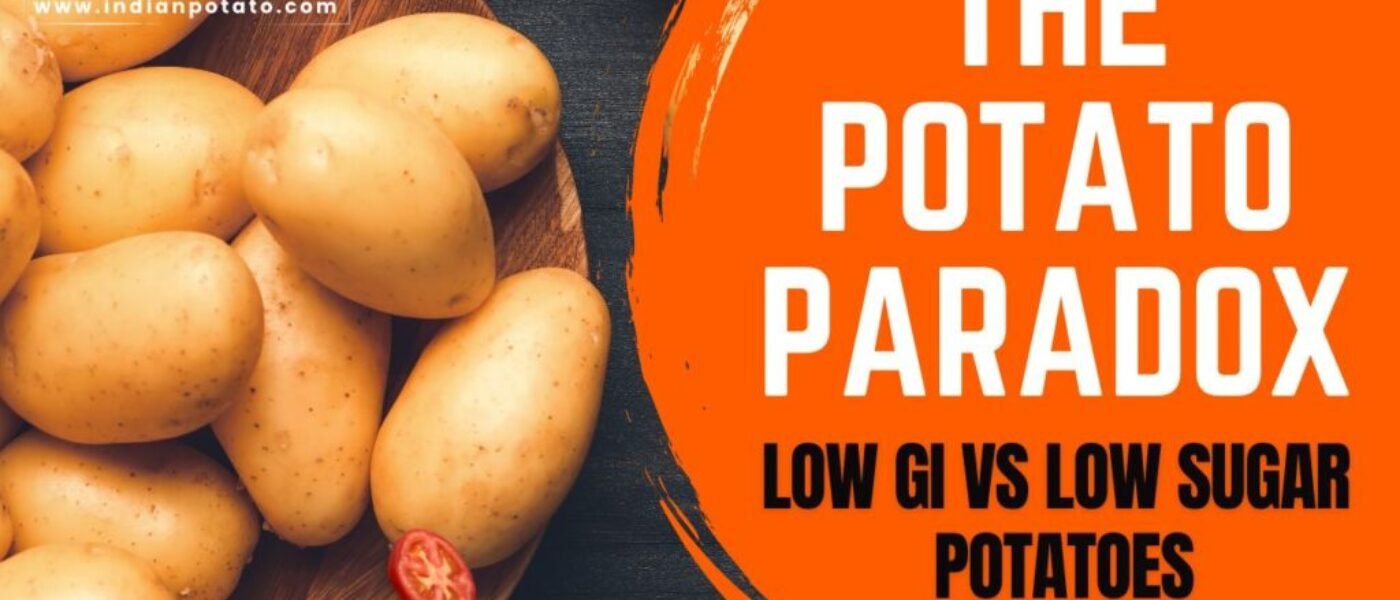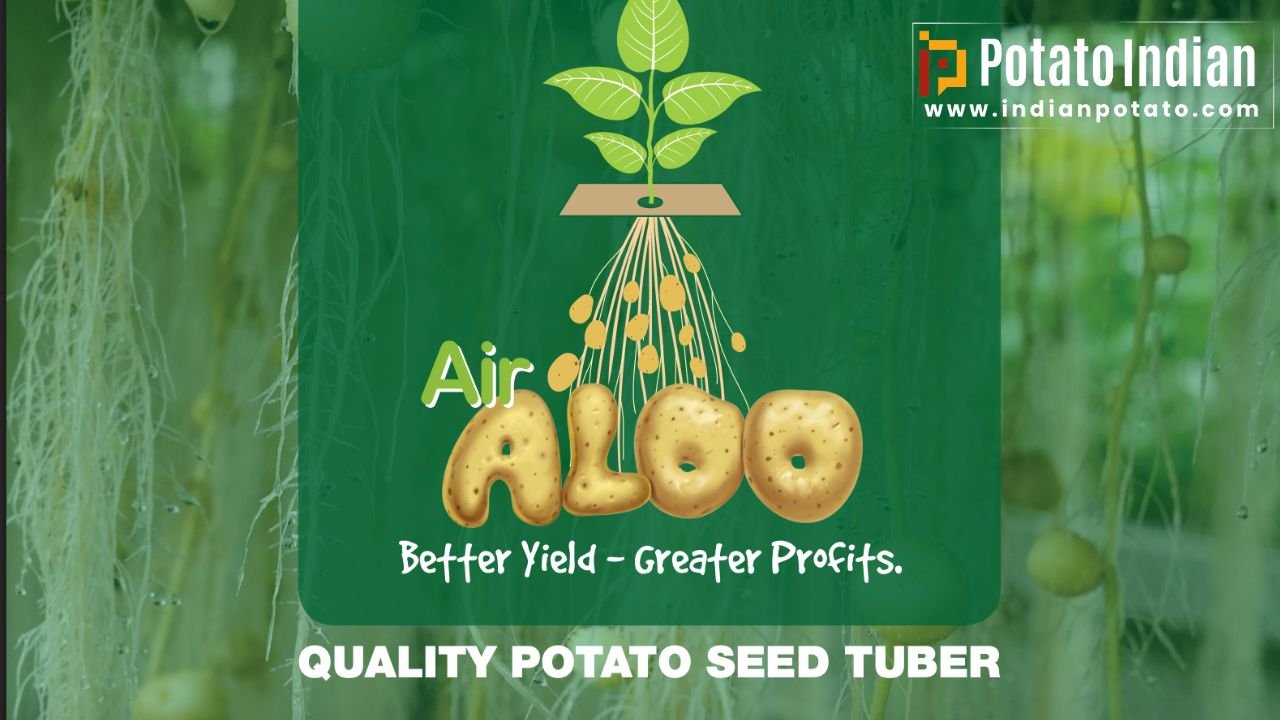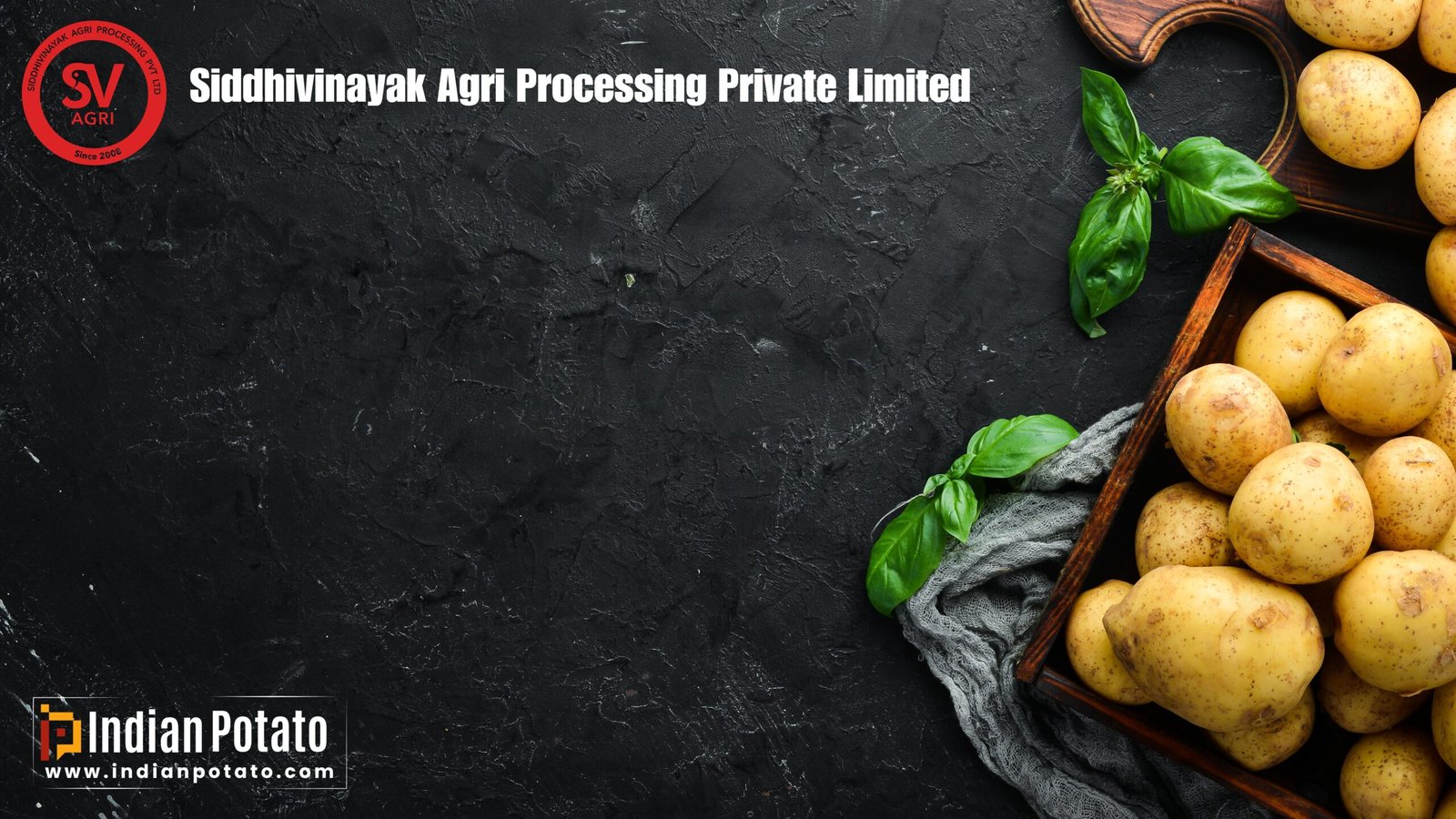Low GI vs. Low Sugar Potatoes:Clearing the Confusion for Consumers, Insights by Hemant Gaur, Founder & Managing Director, Sidhhivinayak Agri Processing Private Limited.
What Are “Low Sugar” Potatoes?
Potatoes naturally contain very little sugar – typically less than 2 grams per 100 grams. The majority of their carbohydrates come from starch, which the body digests into glucose. Therefore, calling a potato “low sugar” is technically accurate but nutritionally irrelevant, since what really impacts blood sugar levels is how quickly those starches convert to glucose — not just the raw sugar content.
Unfortunately, some retailers are exploiting this nuance to promote high-starch potatoes like Chipsona or Kufri Jyoti as “low sugar,” despite their high glycemic impact.
The Real Metric: Glycemic Index (GI)
Enter the Glycemic Index (GI) — a scientifically validated tool that measures how quickly a food raises blood glucose levels after consumption. Foods with a low GI (below 55) are absorbed more slowly, resulting in a gradual rise in blood sugar.
Certain potato varieties like Carisma (GI ~52) have been specifically bred or tested for lower glycemic responses. These are the true allies for diabetics and health-conscious individuals.
Why “Low GI” Matters More Than “Low Sugar”
- GI reflects the real glucose spike, not just raw sugar content.
• Starch is the primary concern, not sugar, as it quickly breaks down into glucose.
• Low-GI varieties have proven clinical benefits, unlike “low sugar” labels which have no regulatory basis.
Cooking Also Plays a Role
Interestingly, how you cook your potato matters. Boiling and cooling potatoes or baking them with the skin on can help reduce their GI. On the other hand, pressure cooking often overcooks vegetables, including potatoes, resulting in even higher GI.
Therefore, consumers are advised to avoid pressure cookers and instead use open-pan boiling, microwaving, or steaming methods. These techniques are gentler and help retain the structural integrity of the starch, leading to a slower glucose release.
Best of all, refrigerating cooked potatoes and then consuming them later — whether in salads or reheated meals — can further reduce their GI. This is due to the formation of resistant starches during cooling, which are digested more slowly and have a lower impact on blood sugar.
A Misleading Practice
Retail chains and suppliers often sell potatoes fogged with CIPC (Chlorpropham) — a sprout suppressant — under the label of “Low Sugar” or “Sugar-Free” potatoes. These potatoes may indeed have lower levels of reducing sugars, a parameter important for the potato processing industry (to avoid browning during frying), but this does not equate to lower total sugar or better health outcomes.
In fact, such potatoes are typically higher in starch and calories, making them less suitable for diabetics or health-conscious consumers. The “low sugar” tag, in this context, is misleading — it exploits a technical detail meant for processing purposes, not for nutritional benefit.
The Takeaway
Consumers deserve clarity — especially when it concerns health. It’s time for regulators and retailers to stop misleading labels and for consumers to demand scientifically backed metrics like Glycemic Index over vague claims.
If you’re watching your blood sugar, don’t fall for the “low sugar” trap. Instead, look for potatoes with proven low GI values. Because when it comes to health, facts matter more than labels.




